China’s food scene is a dazzling, sometimes bewildering, and always delicious world. From humble street stalls to imperial kitchens, Chinese cuisine spans an enormous range of ingredients, techniques, and regional personalities. If you’re an international traveler planning to eat your way across China, this guide will steer you through what to try, how to order, and how to enjoy food like a local – with practical tips, must-try dishes and regional highlights.
Why Food Matters in China
Food in China is more than fuel. It’s a cultural language, a social ritual, and a way to mark seasons, festivals, and family time. Meals are commonly shared; dishes are arranged at the center of the table so everyone can sample a little of everything. You’ll quickly notice that asking “Have you eaten?” is a friendly greeting that signals concern and camaraderie. Eating together binds people — and the flavors tell stories about history, geography, and local life.
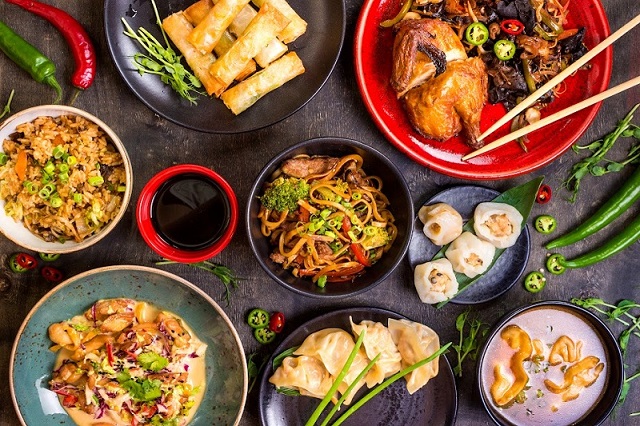
Chinese Food
Staple Foods: Rice, Noodles, and the North–South Divide
China’s culinary map is partly drawn by crops. In the south, where rice paddies dominate the landscape, rice accompanies most meals. In the north, wheat rules: hand-pulled noodles, dumplings, steamed buns and pancakes are everyday staples. This basic split leads to very different eating habits, textures, and signature dishes depending on where you travel.
The Eight Great Traditions of Chinese Cuisine
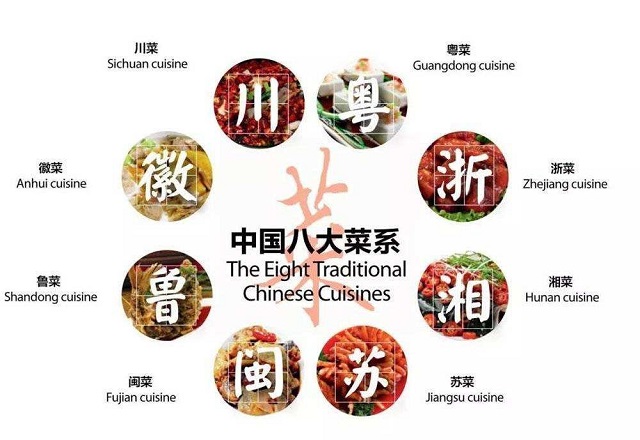
The Eight Great Traditions of Chinese Cuisine
Chinese cuisine is often categorized into major regional schools. While locals will argue endlessly about the list, the most referenced traditions include Sichuan, Hunan, Guangdong (Cantonese), Jiangsu (Huaiyang), Zhejiang, Fujian, Anhui, and Shandong. Each region highlights different tastes — spicy, sweet, light, earthy — and uses unique seasonings and cooking techniques.
Sichuan Cuisine — Bold, Spicy, Numbing
Flavor & Style: Fiery chilies + Sichuan peppercorn (numbing). Layered, complex sauces and stir-frying, braising, dry-frying.
Signature Dishes: Mapo tofu, Kung Pao chicken, Twice-cooked pork, Hot pot (Chongqing/Sichuan style).
Where to Try: Chengdu restaurants and night markets. Tip: ask for spice level — “mild”, “medium”, “hot”.
Hunan Cuisine — Fiery, Aromatic, Earthy
Flavor & Style: Pure chili heat and smoked/fermented flavors; heavy use of fresh chilies and smoked meats.
Signature Dishes: Chairman Mao’s braised pork (Hong Shao Rou), stir-fried spicy fish head, smoked pork with bamboo shoots.
Where to Try: Changsha food stalls and Hunanese restaurants. Tip: Hunan is hotter and more straightforwardly spicy than Sichuan.
Guangdong (Cantonese) Cuisine — Fresh, Delicate, Natural
Flavor & Style: Emphasis on ingredient freshness and subtle seasoning; steaming, light stir-frying, and soups.
Signature Dishes: Dim sum, steamed fish, roast pork (Crisp-skin roast piglet).
Where to Try: Guangzhou and Hong Kong teahouses and dim-sum restaurants. Tip: Go for morning dim sum and sample many small plates.
Jiangsu (Huaiyang) Cuisine — Refined, Sweet-Savory, Elegant
Flavor & Style: Delicate balance, emphasis on appearance and texture, refined braises and clear soups. Huaiyang is the common label for Yangtze-Delta specialties (Yangzhou, Zhenjiang, Huai’an).
Signature Dishes: Sweet and sour mandarin fish, beggar’s chicken, Yangzhou fried rice.
Where to Try: Suzhou, Yangzhou and upscale Jiangsu restaurants. Tip: great for banquet dining and elegant local banquets.
Zhejiang Cuisine — Light, Fresh, Slightly Sweet
Flavor & Style: Fresh seafood and river produce; gentle seasoning, bright broths, emphasis on texture and aroma.
Signature Dishes: West Lake vinegar fish (Xihu), Longjing (Dragon Well) shrimp, Dongpo pork (also associated with the region).
Where to Try: Hangzhou restaurants and lakeside tea houses. Tip: pair dishes with local teas like Longjing.
Fujian Cuisine — Umami, Soupy, Marine Aromas
Flavor & Style: Focus on soups, broths, and seafood; light, umami-forward sauces and unique fermentation (red yeast rice).
Signature Dishes: Buddha Jumps Over the Wall (luxury soup), Fujian fried rice, seafood soups.
Where to Try: Fuzhou and Xiamen seafood restaurants. Tip: soups and broths are the highlight.
Shandong Cuisine — Hearty, Savory, Seafood & Soups
Flavor & Style: Robust flavors, coastal seafood, emphasis on soups, frying and braising, and knife skills.
Signature Dishes: Dezhou roast chicken, braised sea cucumber, scallion-flavored seafood.
Where to Try: Qingdao and Jinan restaurants; Shandong-style banquets. Tip: great for clear, nourishing soups and seafood.
Anhui Cuisine — Rustic, Mountain Ingredients, Slow-Cooked
Flavor & Style: Uses wild herbs and mountain produce, braising and stewing are common to extract flavor. Often less oily, earthy profiles.
Signature Dishes: Stewed soft-shell turtle, braised bamboo shoots, spicy stews.
Where to Try: Rural Anhui restaurants and mountain inns. Tip: expect wild-foraged ingredients and slow-cooked textures.
What To Expect Region By Region
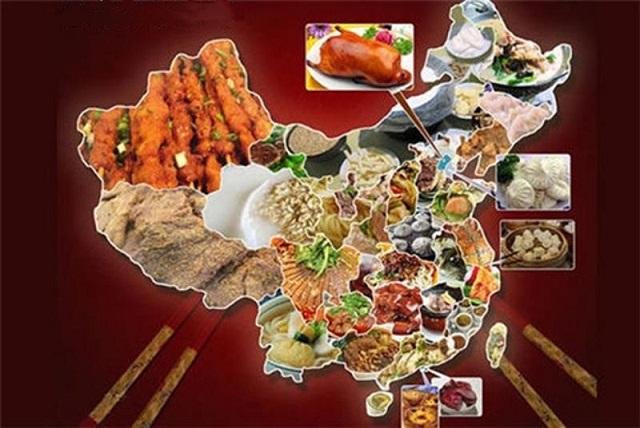
Southern Flavors and Seafood Sensibility
In coastal and riverine areas, chefs prize freshness. Lighter sauces, shorter cooking times, and delicate seasonings are common to let high-quality seafood shine. Cantonese restaurants, for instance, are famous for dim sum and steamed fish.
Northern Comforts: Noodles and Dumplings
Northern kitchens show off knife skills, dough techniques, and hearty flavors. Dumplings are an icon of northern hospitality — boiled, steamed, or pan-fried — and street stalls and family tables serve endless noodle variations.
Sichuan and Hunan: Spice with Attitude
If you love heat, Sichuan and Hunan will make your taste buds sing (and tingle). Sichuan cuisine is known for the numbing floral spice of Sichuan peppercorn paired with chili heat; Hunan food tends to be aggressively spicy and aromatic. Both regions offer complex, layered dishes that reward curiosity.
Eastern Refined Cuisine
Jiangsu and Zhejiang cuisines favor subtlety: clarity of broth, artful plating, and restrained use of oil. These areas often craft dishes that are visually elegant and gentle on the palate.
Four Pillars: Shandong, Sichuan, Huaiyang, Cantonese
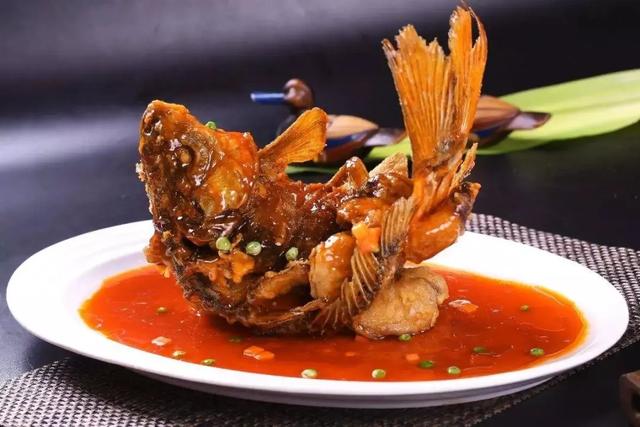
Many food scholars simplify China’s culinary traditions into four influential schools: Shandong (robust seafood and soups), Sichuan (spicy, numbing), Huaiyang (delicate, precise cooking from the Yangtze Delta), and Cantonese (diverse ingredients and emphasis on freshness). When you travel, look for signature dishes from these traditions to understand classic Chinese techniques.
Must-Try Dishes for First-Time Visitors
Below are dishes that give a broad, delicious taste of Chinese food culture — from iconic banquets to beloved street snacks.
Peking Duck (Beijing)
A classic. The duck is roasted until the skin is paper-thin and crisp; it’s served sliced with pancakes, scallions, cucumber and sweet bean sauce. It’s a theatrical meal — a must in Beijing.
Sichuan Mapo Tofu
Silky tofu bathed in a spicy, savory sauce of chili bean paste and Sichuan pepper creates a blissfully tingly, warming dish. Great with steamed rice.
Hot Pot (Chongqing/Sichuan Style)
A communal cooking-and-eating experience: a simmering pot of broth in the center of the table where diners cook thin slices of meat, vegetables, and tofu. The spicy Chongqing style is famous for its intense heat.
Gong Bao (Kung Pao) Chicken
This Sichuan-origin dish mixes tender chicken with peanuts, scallions, and a balanced sweet-sour-spicy sauce. A worldwide favorite adapted in many variations.
Dumplings (Jiaozi) and Soup Dumplings (Xiaolongbao)
Dumplings are a cultural icon, especially during Chinese New Year. Whether boiled, steamed, or pan-fried, they are filled with meat, vegetables, or both. Xiaolongbao (soup dumplings) are a Shanghainese specialty — delicate parcels that release savory broth when bitten.
Sweet and Sour Pork
A Jinling-to-global favorite: crispy pork tossed in a bright, tangy sauce. Often a gateway dish for travelers.
Street Snacks: Jianbing, Baozi, Skewers
Street foods are the heart of daily eating. Jianbing (savory crepe), baozi (steamed stuffed buns), and grilled skewers are fast, cheap and full of local flavor.
China Special Cuisines and Unique Traditions
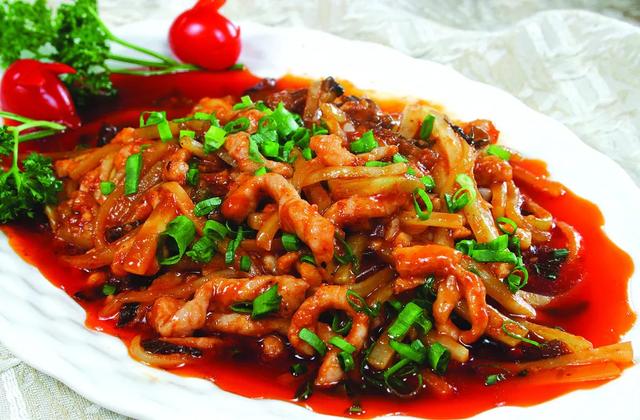
Palace and Imperial Cuisine
These are elaborately prepared, seasonal banquets that represent the pinnacle of historical culinary art. Not a typical daily meal, but an intriguing glimpse into history.
Vegetarian and Temple Cuisine
Buddhist vegetarian cuisine transforms vegetables and fungi into hearty, umami-rich plates that often mimic meat textures. Temple-style vegetarian food emphasizes balance and purity.
Muslim (Halal) Dishes
China’s Muslim communities (notably in Xi’an and Xinjiang) offer distinct flavors: braised mutton, hand-pulled noodles, and flaky breads, often shaped by nomadic heritage and aromatic spices.
Medicinal Cuisine
Rooted in traditional Chinese medicine, medicinal cuisine blends culinary practice with herbal therapy. Expect soups and stews aimed at health benefits using ingredients like goji berries, dates, or Chinese herbs.
Chinese Tea and Drinking Culture
Tea in China is an art. Different regions favor different teas — pu’er in Yunnan, oolong in Fujian and Zhejiang, green teas in many provinces — and tea is typically enjoyed on its own rather than with a meal. Alcoholic drinks like baijiu (a potent distilled spirit) and huangjiu (fermented rice wine) are staples at banquets and toasts. If you’re offered a toast, reciprocating is polite.
How To Order and Eat Like a Local
Choose Your Seat and Share the Table
In casual restaurants you usually pick your own table. Food is shared, so order several dishes to pass around. Round tables commonly have a lazy Susan — a rotating platter — to make sharing easy.
Learn Basic Chopstick Skills
Chopsticks are essential. Practice beforehand to avoid discomfort. Use the communal serving spoon or communal chopsticks if provided when taking food from shared plates.
How to Read Menus and Order
Menus may be in Chinese only, so use translation apps, point at pictures, or ask staff for recommendations. Try ordering a mix: one cold dish, two warm dishes, one soup, and rice or noodles for a group of two to three.
Be Allergic-Aware
Always state allergies clearly — in English and in Mandarin if possible (for example: “I’m allergic to shellfish” — 我对贝类过敏). Street food vendors might not understand; use caution if you have life-threatening allergies.
Street Food: Where to Go and What to Try
Every city has its specialties. Night markets and food alleys are perfect places to taste local snacks cheaply. Try:
- Baozi (steamed buns) for breakfast
- Jianbing (savory crepe) for breakfast on the go
- Stinky tofu (a love-it-or-hate-it fermented snack)
- Skewers and grilled meats at night markets
- Sweet treats like candied hawthorn sticks or red-bean pastries
Sampling street food is one of the best ways to experience the everyday tastes of China, but pick busy stalls with high turnover for freshness.
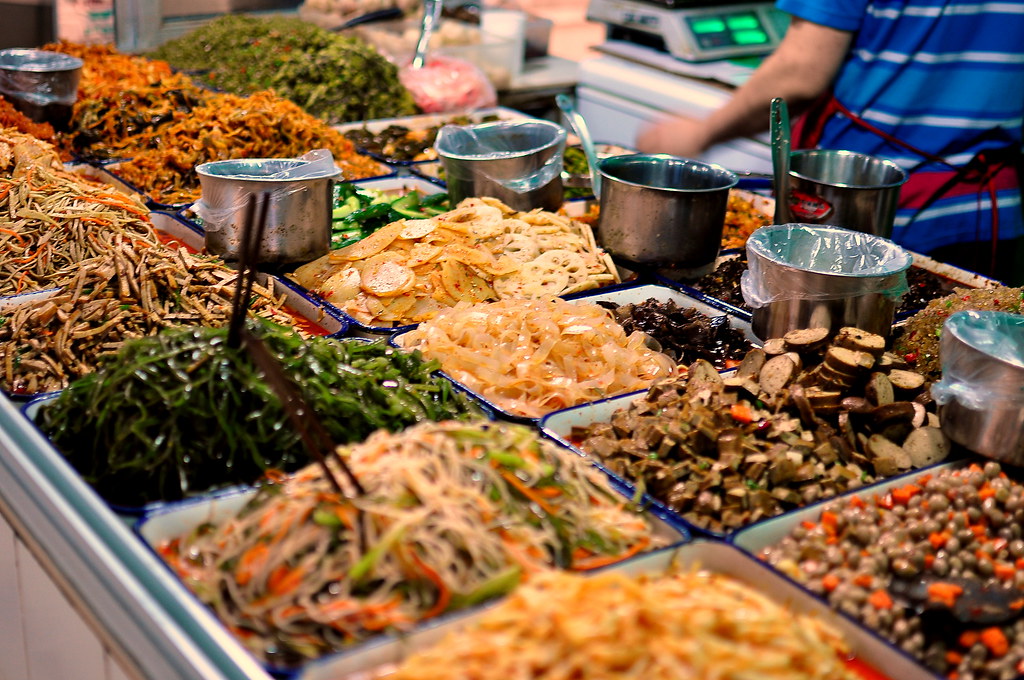
Street Food Chengdu
Restaurant Etiquette and Local Customs
- Don’t stick chopsticks upright in a bowl — it resembles funeral rites.
- If someone offers you tea or food, accept politely. Small refusals can be repeated to show modesty.
- When invited to a meal, wait for the host to begin, and try a little of each dish as a sign of respect.
Dining on a Budget vs. Dining for Celebration
You can eat well in China at any budget. Local eateries and markets offer extraordinary meals for a few dollars; fine dining and elaborate banquet restaurants provide the other end of the spectrum with seasonal ingredients and ornate service. Try both — street food is intimate and immediate; banquet or high-end dining reveals technique and history.
Tips For Travelers with Dietary Restrictions
- Vegetarians: Many dishes can be vegetarian, but confirm the use of chicken stock or fish sauce.
- Vegans: More difficult due to common use of eggs and dairy in pastries and batter — ask carefully.
- Halal: Look for Muslim neighborhoods or halal restaurant signs; Xi’an and Xinjiang are excellent for halal food.
- Allergies: Carry essential medication and a translation card for your allergy.
Packing Your Palate with China Dragon Travel
Chinese food rewards curiosity. Let your senses lead you, talk to vendors, and accept local recommendations. The most memorable meals are often unexpected — a bustling night market stall, a grandmother’s dumplings, or a tea house conversation over a pot of boiling tea.
If you’re planning a China trip and want food-focused itineraries, China Dragon Travel can help design culinary routes tailored to your tastes — from street-food tours and family-style dinners to high-end tasting menus and visits to markets and tea houses. Whether you want to chase Sichuan spice in Chengdu, sample Cantonese dim sum in Guangzhou, or learn dumpling-making in Xi’an, China Dragon Travel offers expert local guides and curated food experiences to make your journey delicious and authentic. Contact China Dragon Travel to start planning your culinary adventure in China.












